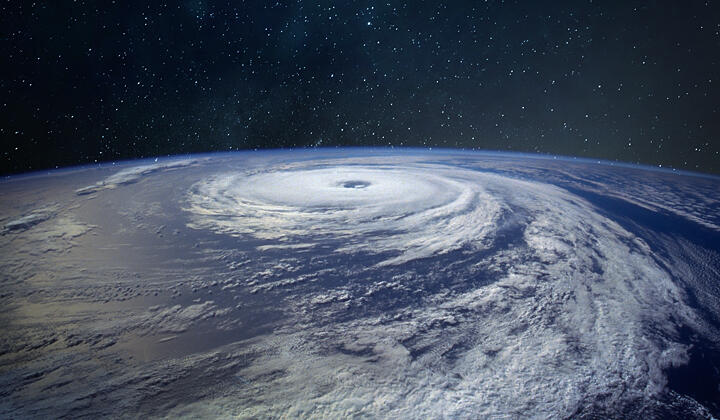Extratropical cyclones moving eastward along the south coast of Japan's main island bring heavy rain and snow to Pacific coastal areas with high population and industrial density, significantly impacting society and the economy through agriculture, transportation, logistics, and renewable energy production. While it has been known that these extratropical cyclones frequently occur in spring, the reason behind this seasonal pattern remained unclear until now.
A research team including Specially Appointed Associate Professor Satoru Okajima from the Institute of Life and Environmental Sciences at the University of Tsukuba, Senior Research Fellow Hisashi Nakamura from the Research Center for Advanced Science and Technology at the University of Tokyo, and Associate Professor Akira Kuwano-Yoshida from the Disaster Prevention Research Institute at Kyoto University has revealed the mechanism behind this seasonal pattern. They clarified that, as the atmosphere over Eurasia (west of Japan) warms from winter to spring, the westerly jet stream in the lower atmosphere around the East China Sea strengthens, making cyclones more likely to occur. This means there is a peak in extratropical cyclone activity in the spring. Their findings are expected to lead to improved accuracy in seasonal predictions around Japan and were published in the Journal of Climate.

The research team had previously developed a method to objectively identify migratory high- and low-pressure systems from global atmospheric reanalysis data. Their prior work had revealed the contrasting seasonality of this activity in the North Pacific, the mechanisms behind decadal-scale changes in it, and why the activity of rapidly developing "explosive cyclones" has increased in recent years.
In this study, they applied their method to analyze the increase of extratropical cyclones in the spring using global atmospheric reanalysis data spanning 40 years (1979-2018). The results showed that as the atmosphere over the Eurasian continent warms from winter to spring, the atmosphere downstream along the mid-tropospheric westerly flow around the East China Sea also warms. This enhances the lower-tropospheric jet stream, creating conditions favorable for cyclogenesis of extratropical cyclones in spring.
While migratory cyclone activity has been studied worldwide for many years, this research has clarified the mechanism behind the distinctive seasonality of extratropical cyclones, which can significantly impact Japanese society and economy.
The findings are expected to contribute to improving the accuracy of seasonal forecasts for Japan and East Asia, as well as deepening understanding of regional impacts of global warming. The research team plans to further investigate the predictability of extratropical cyclone activity through ocean variations and how their activity might change with global warming.
Journal Information
Publication: Journal of Climate
Title: Mechanisms for an Early Spring Peak of Extratropical Cyclone Activity in East Asia
DOI: 10.1175/JCLI-D-24-0203.1
This article has been translated by JST with permission from The Science News Ltd. (https://sci-news.co.jp/). Unauthorized reproduction of the article and photographs is prohibited.




